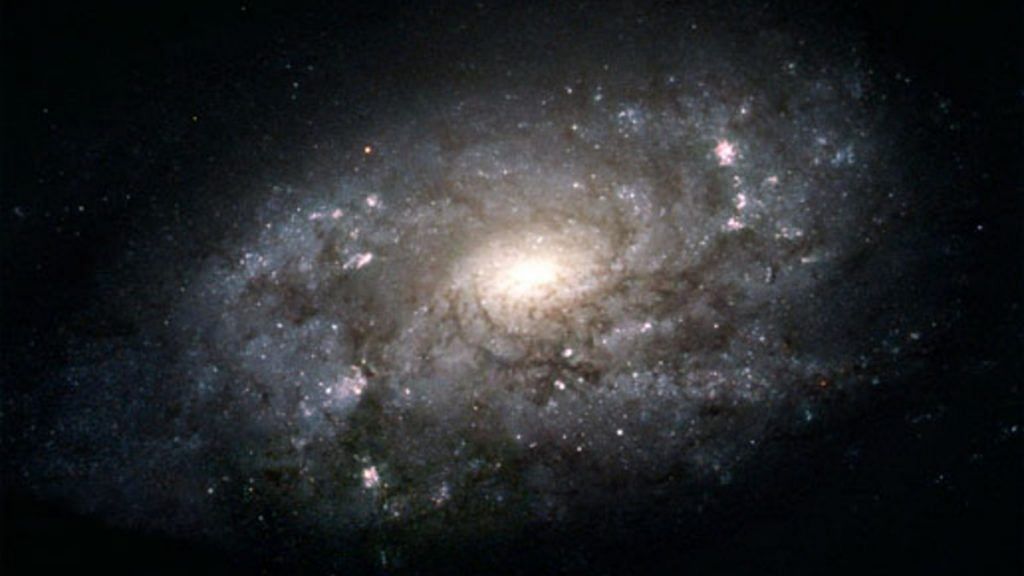Bengaluru: Astronomers have found a rogue planet, which is about the same mass as Earth, seemingly adrift in the Milky Way, without being a part of any star system. Such planets are called rogue planets, and this new planet is considered to be a low mass planet.
Finding rogue planets is extremely challenging because, unlike stars, planets do not emit light of their own. The team behind the discovery used the gravitational microlensing technique to find the planet.
The planet, called OGLE-2016-BLG-1928, was discovered using the OGLE (Optical Gravitational Lensing Experiment) collaboration and the KMTN (Korean Microlensing Telescope Network) collaboration. The findings are available as a non-peer reviewed pre-print.
Microlensing
Microlensing is a form of gravitational lensing where light from a background source, such as a star, is bent by the gravitational field of a foreground planet or any other source of gravity. This creates distorted or multiple images, which show both intensity of light and position of the background source of light inaccurately.
Gravitational microlensing is a scaled-down version of gravitational lensing, where a large structure, such as a galaxy cluster, is used to focus light that’s coming from a background galaxy or star.
While discovering this planet, the planet itself acted as the lens, distorting light from behind it. However, a low-mass planet like this doesn’t bend light too much and does so only for a short period of time.
According to the astronomers, this planet’s micro-lensing event lasted only 41.5 minutes. The researchers describe the event as the “most extreme short-timescale microlens discovered to date”.
While microlensing can offer the presence of candidate rogue planets such as this one, such short durations make it hard to gather much data. However, while confirmation of the planet would still be needed in the future, the authors rule out alternative explanations such as a flare from the background star.
“Thus, the lens is one of the best candidates for a terrestrial-mass rogue planet detected to date,” they write.
Also read: Jupiter-sized planet found orbiting a dead star — a first in space discoveries
Rogue planet formation
Planets form in protoplanetary discs, which is a swirling flat disc of dust, rock, and gases that form around a star being born. But astronomers theorise that very early in the planetary formation process, some low mass planets could get ejected from their host star’s gravitational control due to the high energy nature of planetary formation processes.
As we discover more and more exoplanets, astronomers also estimate that there could potentially be millions of such free-floating rogue planets in every galaxy.
The authors list ways in which this planet could have ended up breaking away from its host’s grip, including orbital disruption of smaller planets because of interaction of more massive planets, interactions between multiple stars in a multi-star system, the host star itself aging and swelling in size, and planetary scattering.
“According to planet-formation theories, such as the core accretion theory, typical masses of ejected planets should be between 0.3 and 1.0 Earth masses,” write the authors.
Also read: NASA still unable to find out why the International Space Station is leaking air
